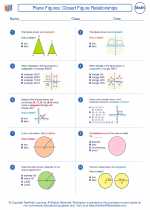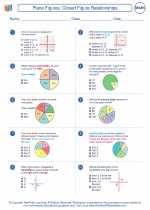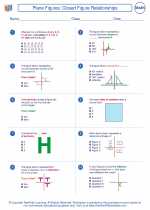Permutations
Permutations are a way of arranging a set of objects in a specific order. The number of permutations of a set of objects is the number of different ways the objects can be arranged. The formula for finding the number of permutations of n objects taken r at a time is given by:
nPr = n! / (n - r)!
Where n is the total number of objects and r is the number of objects taken at a time. The exclamation mark (!) represents the factorial of a number, which is the product of all positive integers up to that number.
For example, if you have 5 different books and you want to find the number of ways to arrange 3 of them on a shelf, you would use the permutation formula:
5P3 = 5! / (5 - 3)!
5P3 = 5! / 2!
5P3 = (5 x 4 x 3 x 2 x 1) / (2 x 1)
5P3 = 60
So, there are 60 different ways to arrange 3 out of 5 books on a shelf.
Study Guide
Here are some key points to remember when dealing with permutations:
- Understand the concept of permutations as the arrangement of objects in a specific order.
- Remember the permutation formula: nPr = n! / (n - r)!
- Be familiar with calculating factorials.
- Practice solving problems involving permutations, such as arranging objects, selecting a committee, or forming a word from a set of letters.
- Understand the difference between permutations and combinations, where permutations consider the order of arrangement while combinations do not.
By mastering the concept of permutations and practicing various problems, you can develop a strong understanding of how to calculate and apply permutations in different scenarios.
Good luck with your studies!
.◂Math Worksheets and Study Guides Seventh Grade. Plane Figures: Closed Figure Relationships

 Worksheet/Answer key
Worksheet/Answer key
 Worksheet/Answer key
Worksheet/Answer key
 Worksheet/Answer key
Worksheet/Answer key
